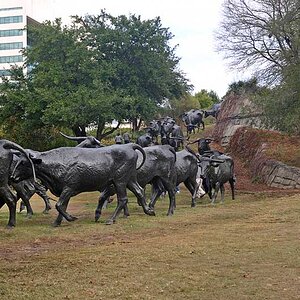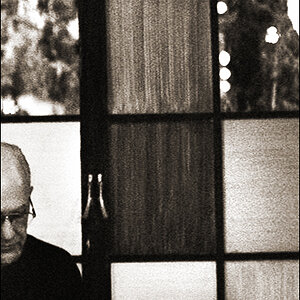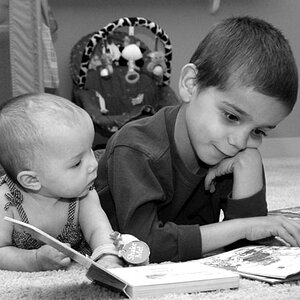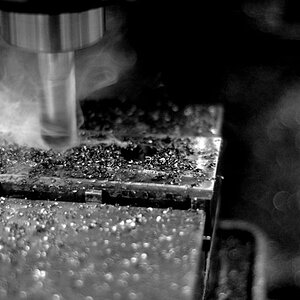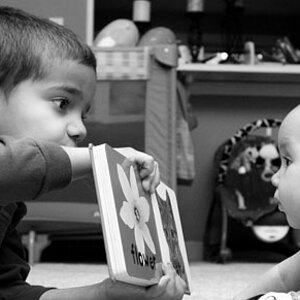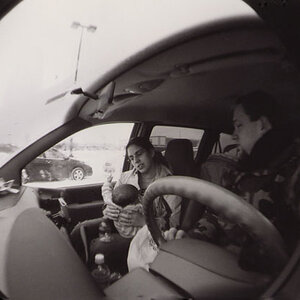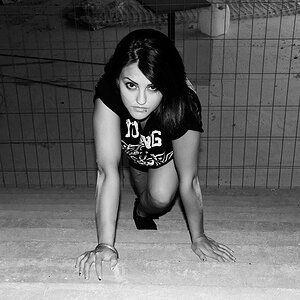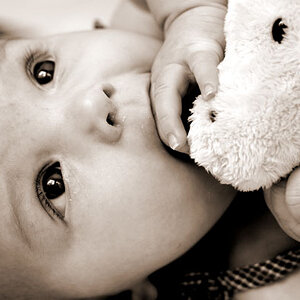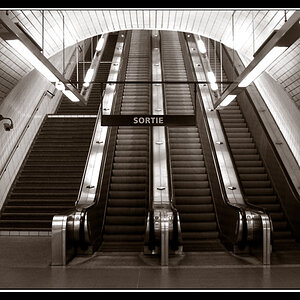MarcusM
TPF Noob!
- Joined
- Sep 12, 2007
- Messages
- 1,236
- Reaction score
- 0
- Location
- St. Paul, MN, USA
- Can others edit my Photos
- Photos OK to edit
I've always felt like this is a stupid question so I've never asked but always wondered; I have never really used Exposure Compensation. I see how it could work for the auto mode, but I never use auto mode, mostly only manual.
Is EC really only for Av, Tv, and Auto mode? I don't see the point for using it at all in Manual.
Is EC really only for Av, Tv, and Auto mode? I don't see the point for using it at all in Manual.



![[No title]](/data/xfmg/thumbnail/41/41493-60071420f928565170996b4edc3de2f0.jpg?1619739820)
